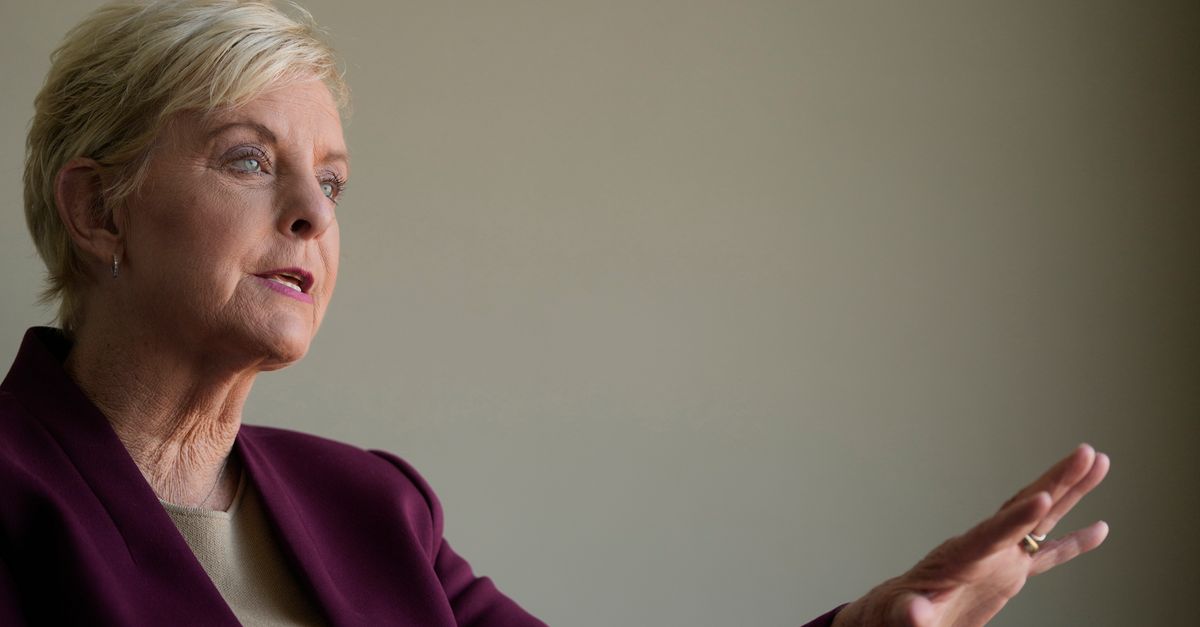California Students Get $1 Million After They Were Expelled for Wearing Supposedly Racist Acne Mask
- Off Topic
- 0 Replies
California Students Get $1 Million After They Were Expelled for Wearing Supposedly Racist Acne Masks
Jacob SullumUpdated Thu, May 9, 2024 at 4:25 PM CDT·4 min read
A.H.et al. v. St. Francis High School
During a sleepover in August 2017, three 14-year-old boys, two of whom were about to start attending St. Francis High School in Mountain View, California, took a picture of themselves wearing dark green acne masks. One of the boys, who was hosting the other two, had severe acne, and his friends applied the masks in an act of playful solidarity. They took the picture because they thought they looked "silly."
Three years later, after another teenager obtained the picture and posted it online, the two St. Francis students were falsely accused of posing in blackface and forced to leave the school under the threat of expulsion. This week a California jury awarded the boys, identified as A.H. and H.H. in their lawsuit against the school, $1 million in damages, plus a tuition reimbursement of about $70,000.
"A photograph of this innocent event was plucked from obscurity and grossly mischaracterized during the height of nationwide social unrest," the boys' familes said when they filed their lawsuit in 2021. The photo came to light in June 2020, a month after Minneapolis police officer Derek Chauvin killed George Floyd. "St. Francis became involved in a number of racial scandals," NBC News reports, "including one where recent graduates of the school posted a meme about Floyd's death on Instagram." Because of that context, A.H. and H.H. argued, St. Francis officials rushed to judgment, tarring the students as racist and disrupting their lives without giving them a chance to explain the photo.
"The boys did not use the facemasks or take the photograph with any ill-intent, bias or prejudice, let alone in connection with any racist sentiments or epithets," the lawsuit said. "Defendants took it upon themselves to use the innocent and wholly unrelated photograph of the boys to make the malicious and utterly false accusation that the boys had been engaging in 'blackface,' and to recklessly assert that the photograph was 'another example' of racism" at St. Francis. That false accusation, according to the complaint, interrupted the boys' educations, destroyed their local reputations, and forced their families to move.
The jury agreed that St. Francis had treated the boys unfairly, thereby violating an oral contract. More controversially, the jury accepted a claim under the California Supreme Court's "common law doctrine of fair procedure," which extends due process requirements to private actors such as unions, hospitals, insurers, and professional organizations. Last year, the court ruled that the doctrine also applies to private universities. But according to the attorneys who represented A.H. and H.H., this is the first time the doctrine has been applied to a private secondary school.
"This case is significant not only for our clients but for its groundbreaking effect on all private high schools in California, which are now legally required to provide fair procedure to students before punishing or expelling them," said Dhillon Law Group partner Krista Baughman. "The jury rightly confirmed that St. Francis High School's procedures were unfair to our clients and that the school is not above the law."
Karin Sweigart, another lawyer at the firm, emphasized that it took four years to definitively refute the school's erroneous claim about the supposedly racist nature of the photo. "The jury's verdict finally cleared our clients' names after four long years of repeated personal attacks from St. Francis High School," she said. "Schools are supposed to protect and nurture children, not sacrifice them when it is convenient for public relations purposes."
The school's representatives said they "respectfully disagree with the jury's conclusion" about "the fairness of our disciplinary review process." They added that the school is "exploring legal options," including a possible appeal.
The plaintiffs' attorneys note that "St. Francis expelled the boys within 24 hours, without considering their evidence or offering any hearing." They add that "the school's actions led to significant personal, educational, and emotional consequences for the students."
The boys' parents amplified that point. "We would never wish the pain, humiliation, and suffering St. Francis has inflicted on our families on anyone," they said, "but we are thankful that the jury has spoken," "vindicated our boys," and "forced St. Francis to finally take responsibility for their repeated personal attacks."
Even with "time to reflect and contemplate after the heat of the moment had subsided," the parents said, St. Francis officials "don't regret their actions" and "would do the same thing today." Although the case has consumed "twenty percent of our boys' lives," they said, "the sacrifice is worth it to clear our boys' names" and "to try and make sure that St. Francis can never again assume a child is guilty" without giving him "the opportunity to show [his] innocence."

